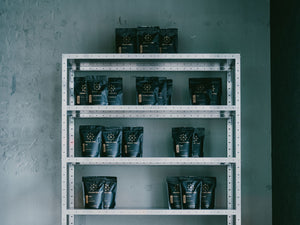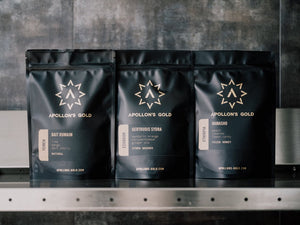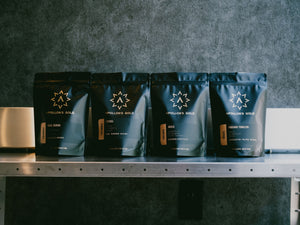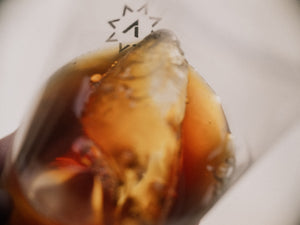

Seasonal Bundles
Carefully curated bundles that showcase our dedication to introducing you to the wonderful terroirs in coffee.

Monthly subscription
The best way to try out our coffees.
3-4 bags a month for a fixed price.

